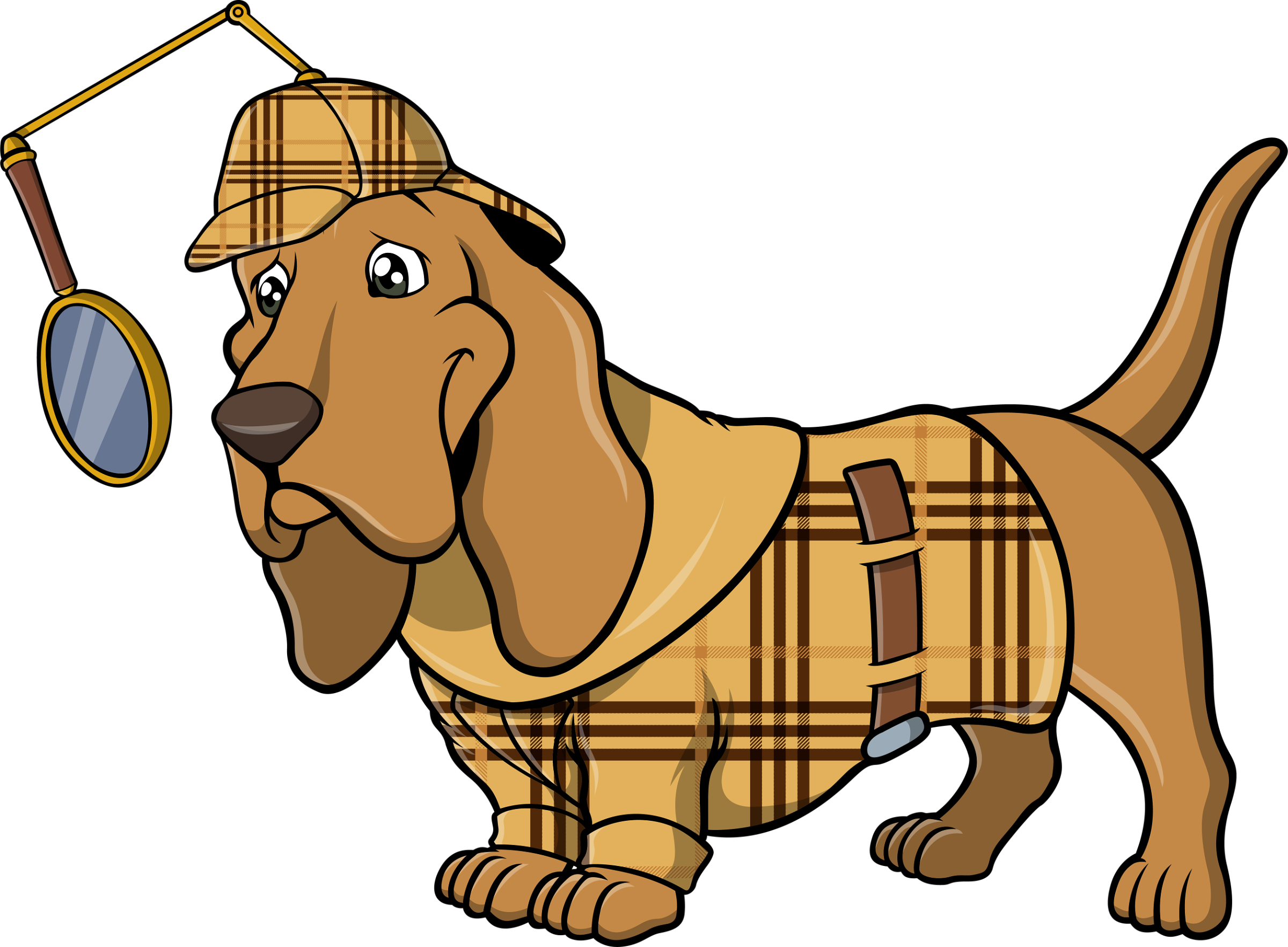
Great Pyrenees
Great Pyrenees Puppies Dog Breed Information
The Pyrenees Mountains form a natural boundary between France and Spain. This rocky, high-altitude area is where the Great Pyrenees breed originated many centuries ago. Bred to protect flocks from threats like wolves and bears in the harsh mountain environment, these large and strong dogs were prized for their intelligence, remarkable patience, and focus while on duty.
Sometimes known as Pyrs, the Great Pyrenees is also called by various other names, such as Le Grande Chien des Montagnes, Le Chien des Pyrenees, and the Pyrenean Mountain Dog. They were often seen either working in the mountains or accompanying French royalty. The first Great Pyrenees arrived in the United States in 1824. Recognized by the AKC in 1933, they were classified as members of the Working Group.
Despite being robust and powerful, Great Pyrenees dogs are recognized for their intelligence and serene demeanor. One notable trait of these canines is their suitability for family life. If properly socialized and trained, they typically display warm, gentle behavior, making them an ideal choice for households with children. They are widely acknowledged for their ability to get along well with both children and other pets in the household.
Great Pyrenees possess natural guarding instincts stemming from their heritage as working dogs, yet they also tend to exhibit a laid-back attitude as family companions. This inclination can manifest as territorial behavior. Owing to their protective nature, they often show initial caution towards strangers encroaching on what they perceive as their territory. Nevertheless, a well-socialized Great Pyrenees will graciously welcome visitors into the home, provided they are invited.
These large dogs are designed for expansive exploration and are therefore not well-suited for apartment living. They thrive in larger homes with securely fenced yards where they can roam freely without a leash. It’s important to keep them leashed if there isn’t a secure boundary, as they tend to wander and patrol to establish their territory.
Great Pyrenees dogs enjoy cold weather and are fond of winter, but they are sensitive to heat. They are independent creatures, accustomed to working alone without constant guidance. They are considered one of the most independent dog breeds because they can carry out tasks independently. As long as they receive enough exercise and have a sense of purpose, they don’t need constant human attention. However, they shouldn’t be left alone for too long, as they may become destructive when bored.
The Great Pyrenees breed generally enjoys good health, but like any breed, there are potential health issues to be aware of. These include hip dysplasia, elbow dysplasia, patellar luxation, certain eye disorders, and various types of cancer. Responsible breeding practices are vital for maintaining the health of Great Pyrenees puppies.
Ethical breeders take measures to screen and test their dogs, reducing the chances of passing on genetic health problems. It’s important to ask the breeder about the genetic history of the parents and request to see relevant health clearances or test results. The National Breed Club recommends at least a patella and hip evaluation.
Additionally, being a large breed, Great Pyrenees are prone to bloat, a serious condition where the stomach twists and requires immediate veterinary attention. It’s crucial to understand how to minimize the risk of bloat and recognize its symptoms promptly to seek help as soon as possible.
The Great Pyrenees are known for their independent nature and self-reliance, and they are accustomed to working autonomously. Despite their high intelligence and grasp of basic obedience, they can become disinterested and may not readily respond to standard commands like “sit,” “stay,” or “heel” during training sessions.
Their stubbornness, strong will, and independent streak make them more suitable for experienced owners. Early socialization and enrollment in puppy training classes are crucial. Even though they may not find much motivation to perform tricks later in life, early training and socialization lay the foundation for them to become well-behaved and adaptable dogs.
The Great Pyrenees is known for its large size and dense, fluffy white fur, which requires minimal upkeep despite consistent shedding throughout the year. Weekly brushing is typically enough to manage shedding, with increased frequency during heavy shedding periods. Regular grooming, including baths, helps maintain their coat’s health.
In addition to coat care, nail trimming, ear cleaning, and dental hygiene are crucial. Monthly nail trimming prevents discomfort, while regular ear cleaning prevents infections. Daily tooth brushing with enzymatic toothpaste, supplemented by veterinary cleanings, ensures oral health and reduces tartar buildup.
While the Great Pyrenees is a sturdy working dog, it doesn’t require the high energy levels seen in other working breeds. Moderate exercise suffices for them, and they’re content with daily walks and some extra playtime with their favorite people. Once fully grown, they can partake in various outdoor activities such as hiking and dog sports, and they often excel in cart-pulling events and obedience trials.
The Great Pyrenees ranks among the largest dog breeds globally. Typically, adult Great Pyrenees stand between 25 to 32 inches tall and weigh around 85 to 150 pounds. However, some individuals, particularly males, can exceed these averages. Generally, females weigh 85 pounds or more, while males weigh 100 pounds or more.
On average, Great Pyrenees typically have a lifespan of 10 to 12 years.

